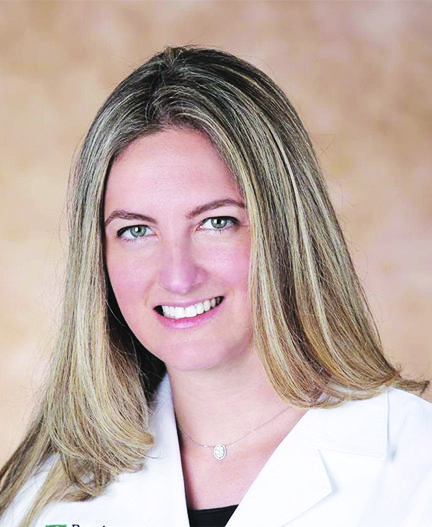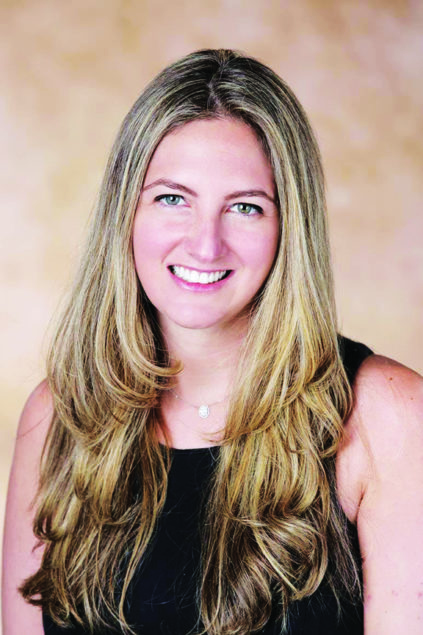As a breast surgeon, it is my job to inform patients about the benefits of breast cancer screening and early detection. While most of us know that mammograms help save lives by catching cancer at its earliest stage, many women do not have them done each year due to fears of radiation exposure. I would like to dispel this myth that the radiation exposure from getting an annual mammogram can cause breast cancer.
A mammogram is basically an X-ray of the breast tissue taken in 2 dimensions. In reality, the amount of radiation exposure you receive from a standard mammogram is a fraction of what we are exposed to from just living on this planet each year. According to the National Council on Radiation Protection and Measurements, the average annual radiation dose per person in the U.S. is 6.2 millisieverts (mSV). A mSV is a measure of radiation dose. About half of this annual dose comes from exposure to our environment, from natural sources such as minerals in the ground, and the other half from man-made sources such as medical x-rays. To put radiation doses into perspective, below is a list of common means of radiation exposure and how that compares to a mammogram:
● Standard 2 view mammogram=0.4 mSv
● Routine dental X-rays=0.005 mSv
● Cross-county flight across the United States= 0.035 mSv
● Annual radiation exposure from living in Miami, Florida=0.3 mSv
● Annual radiation exposure from living in Denver, Colorado=0.8 mSv
● CT scan of the chest=7 mSv
As you can see, variations in sea level influence the amount of radiation exposure you receive. Radiation levels increase as you get closer to the source, so the amount of cosmic radiation generally increases with elevation. This is why people living in Denver, Colorado are exposed to twice the amount of radiation compared to us at sea level in Miami. Think about how fortunate we are to live here in Miami where we are saving ourselves from an extra 0.5 mSv of radiation each year. That’s enough to make up for an annual mammogram!
While mammograms expose the breasts to small amounts of radiation, the benefits of mammography far outweigh the possible harm from radiation exposure.
1 in 8 women in the United States will be diagnosed with breast cancer during their lifetime. Breast cancer has a 99 percent survival rate if caught at its earliest stage. The most effective way to catch breast cancer early is with a screening mammogram. If you are a woman over the age of 40 and have not yet had your annual screening mammogram, please ask your primary care provider or gynecologist for a prescription.
If there is a topic you would like to hear more about pertaining to women’s health or more specifically breast health, you can message me on Facebook @drstarrmautner.
Dr. Starr Mautner is a breast surgical oncologist at The Miami Cancer Institute, a part of Baptist Health South Florida. She received her undergraduate and medical degrees from the University of Miami and completed her general surgery training at New York Presbyterian Hospital/Weill Cornell Medical Center.
Additionally, she completed breast surgical oncology research and clinical fellowships at Memorial Sloan Kettering Cancer Center. Her expertise is in the surgical management of breast cancer and she uses a multidisciplinary approach to treat a variety of patients with breast disease. In her spare time, she enjoys playing tennis and spending time with her family.








